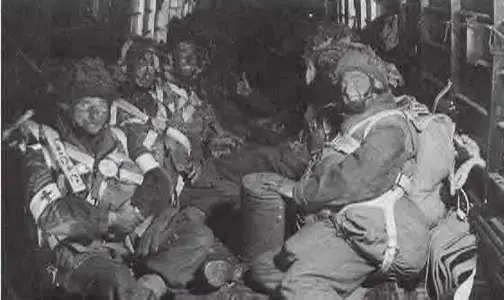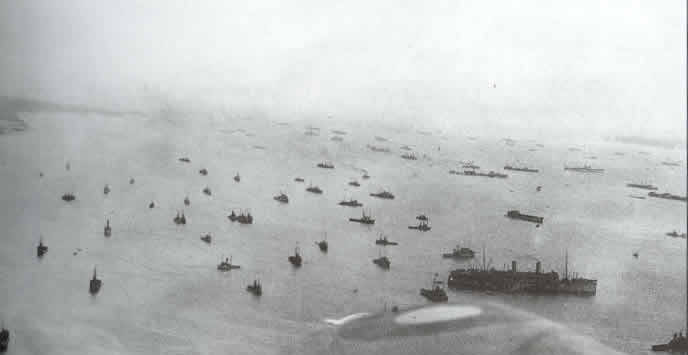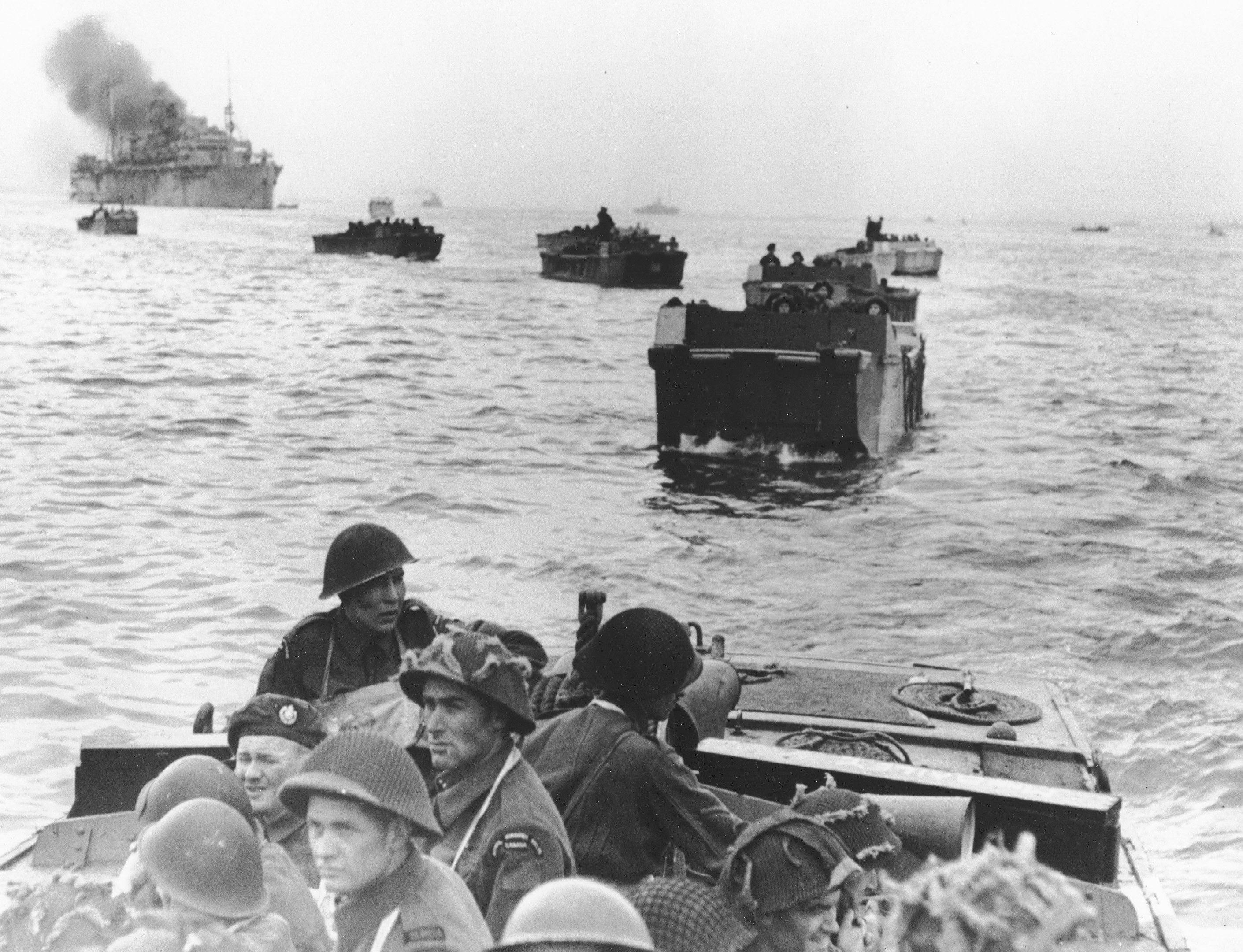Yes, I know I should be completing a blog post about D-Day, but I'm finding it heavy going at the moment.
I will be posting a blogpost about the Allied breakout in Normandy soon, but in the meantime here is a review of the excellent Second World War thriller by Jack Higgins; Flight of Eagles.
I have always been an avid reader of Higgins, his thrillers have the usual twists and turns but can also be very dark, they don't always have a happy ending. What I do like about this book is how it ties up with several others, especially Cold Harbour. The main characters in the book are twins, Harry and Max Kelso. Their father was American, the mother German. They both turned out to be great pilots whilst in their teens following World War 1, taking after their father who had been an ace. When their father dies they are separated, one brother staying in the United States, the other leaves for Germany with his Mother - Baroness Von Halder. I don't think this would really happen to any family, would you want to separate siblings, especially twins?
The twins join the R.A.F and Luftwaffe respectively and also like their father, become decorated heroes. Himmler becomes involved and takes a special interest as Baroness Von Halder is conspiring against Hitler with the military elite who also oppose him.
Higgins captures the atmosphere of London under the blitz, you can nearly hear the bombs drop, Brigadier Munro makes his usual appearance and the book begins with the author surviving an air crash and meeting a lifeboat crew who tell him the story of the twins...
I can highly recommend this book, if you haven't read it, order it from Amazon :-)












